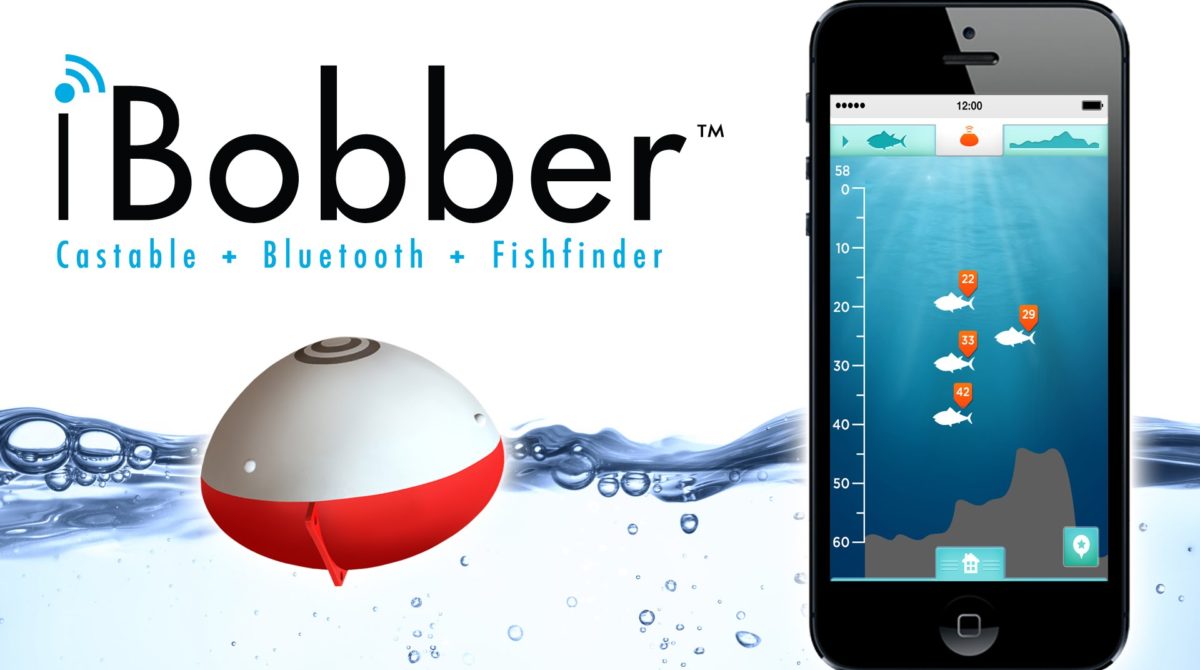Are you familiar with the Smartcast Series? It’s one with the handy fish finders available on the market. And it has far more in store for you featuring wireless transmission technology. That is made possible by special components such as the Advanced Sonar Sensor that facilitates seamless fish finding operation. And so here is a number of bestselling Smartcast Humminbird portable fish finders that you might possibly find fascinating. Have a look at what is in store for you!
A kayak finder is a gadget that will help you find schools of fish in virtually any type of water while you are in your kayak. Once you install a kayak finder, it will eliminate all guess work from your fishing expeditions and lead you to the areas where the fish are situated. Of course this equipment will not make the fish bite the hook, but at least you will know where they are hiding.
The resolution of the display screen is also important, as it helps you to see a clear image of the fish that you are looking for. There are low resolution black and white screens available if you do not want to be heavy on your pocket. But if you are ready to spend a little bit more on the screen, you can go for color displays. Finders also comes with high definition resolutions screens that can produce crystal clear images just like a television at home. So depending on your budget, you can choose the best one that suits you.
The Humminbird 110 Fishin’ Buddy is the most basic unit of the series at an entry level price. The current manufacturer’s suggested retail price (MSRP) is $119.99. For just under $120 you will have a FISH FINDERS FOR 2019 that will find fish, but not have all the bells and whistles of the more advanced models. Most anglers looking for a cheap fish finder will be completely satisfied with this unit.
Mounting- How do you mount your fish finder? The answer to this question will depend on the type of fishfinder you are using. Some fishfinders have a suction cup mounting system for the transducer. You can mount these transducers anywhere on your boat as long as they are securely attached and also underwater. If the sonar is not underwater, you will not find any fish! If you mount the fish finder on a boat make sure it is not too close to the motor or else the motor wash will interfere with the sonar readings. The Humminbird Fishin’ Buddy fish finders come with a “mounting clamp” which will allow you to attach the fishfinder to the side of a boat or to a low dock. Lastly, if you have a wireless fish finder you can generally attach the sonar unit to the line and cast it with your lure.
After flinging the detector cord into the water, turn on the unit. The transducer begins echolocation right away. Depending on the model, the fish that are found can either be identified or just detected in a simple mode. Shoals can easily be visualized and then you can begin fishing that area. It is not fair to the fish, really, but then again: All is fair in fishing and love of fishing!
Though the Humminbird SmartCast RF-35 Wrist Mount Fishfinder with RSS is a technological marvel that seems to be something out of a James Bond movie, it simply is not worth the price of $100. It may not seem a lot to pay but there are other good fish finders on the market, although they may be bigger and bulkier, that can do the job for you without having to worry about it breaking or refusing to turn off. This is definitely one product you should avoid buying if you are in the market for a good fish finder.
